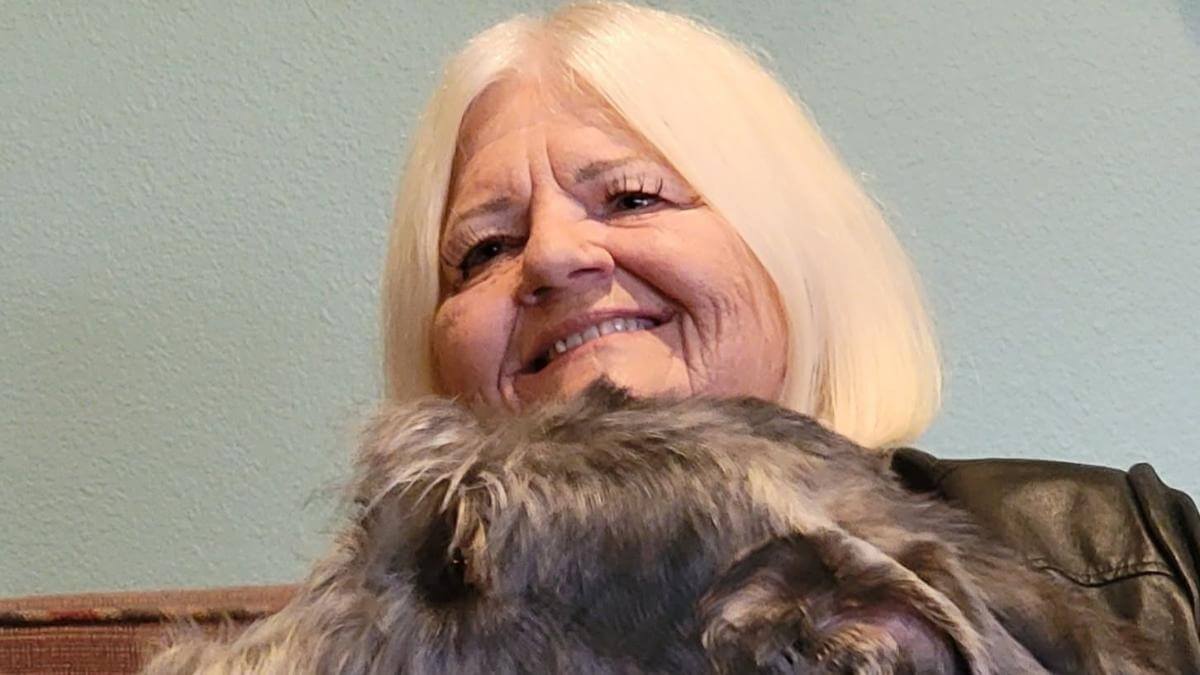
Home » Cheryl Riggs | Rysheron

Cheryl Riggs
1. I am Cheryl Riggs, the owner of Rysheron Irish Wolfhounds, a kennel I established in 1992. My passion for dogs began in 1971 with Afghan Hounds, and I have been devoted to Irish Wolfhounds since 1976. Over the decades, I have bred numerous champions, though I have not maintained an exact tally. Initially, I dreamed of becoming a veterinarian, but my path shifted toward breeding, a pursuit I find deeply rewarding. Since 1983, I have lived in Phelan, California, where I continue with dedication to breed and exhibit Irish Wolfhounds.
2. Irish Wolfhounds hold a storied past as war dogs and hunters in Ireland, tasked with eliminating wolves and the formidable Irish elk, which reached heights of up to eight feet at the shoulder. They also served as war dogs, capable of pulling soldiers from horseback, a testament to their strength and imposing presence. As the tallest of the galloping hounds, they must exhibit great size, power, and confidence, never appearing timid or frail. Their robust bone structure and commanding build are vital to their historical roles. Preserving these characteristics ensures the breed adheres to its original purpose, as form follows function. Maintaining breed type upholds their legacy and functional integrity.
3. Securing quality show homes for exceptional puppies presents challenges. While demand exists, many prospective owners opt for poorly bred dogs, often due to insufficient knowledge of the breed. This leads to frustration when these dogs underperform in the show ring. Education is critical to guide the public toward understanding Breed Standards and valuing well-bred specimens. Thankfully, reputable breeders often maintain waiting lists of up to five years, reflecting a strong base of committed homes. Nonetheless, the prevalence of substandard breeding continues to compete for potential homes, complicating placement efforts.
4. Modern breeding benefits from advancements in medical science and communication technology. Medically, techniques such as frozen semen, progesterone timing, ultrasounds, surgical semen implants, artificial insemination, and coefficient testing have elevated breeding precision and outcomes. Technologically, the Internet has transformed outreach, enabling breeders to develop educational websites and connect globally. This facilitates improved outcross opportunities, enhancing genetic diversity and health. These tools collectively empower breeders to make informed decisions and share knowledge, strengthening the breed and its community.
5. Public views on purebred dogs have diverged. Increased education has fostered appreciation for responsibly bred purebreds, yet misconceptions persist, driven by backyard breeding and the erroneous belief that mixed breeds are inherently healthier. This misinformation exacerbates stray animal overpopulation and suffering. I advocate for solutions such as breeder education, earned licensing programs, and public outreach to counter ignorance, dispel myths, and highlight the value of well-bred purebred dogs, ultimately reducing animal hardship.
6. A notable trend in dog shows is the growing size of the Groups, particularly within the Hound category. The continuous addition of new breeds has made Groups unwieldy, complicating fair judging of diverse breeds like Irish Wolfhounds and Dachshunds in the same class. This disparity challenges the sport’s integrity. A long-discussed remedy—splitting the Hound Group into sighthounds and scenthounds—could restore balance and equity to competitions, a change I believe is overdue.
7. One of the most encouraging developments in the sport is the expanded reach of media. Television broadcasts and online streaming platforms have made dog shows accessible to a worldwide audience, showcasing the elegance and diversity of purebred dogs. This visibility promotes the sport, educates viewers on Breed Standards, and celebrates the efforts of breeders and exhibitors, illuminating the dedication behind these magnificent animals.